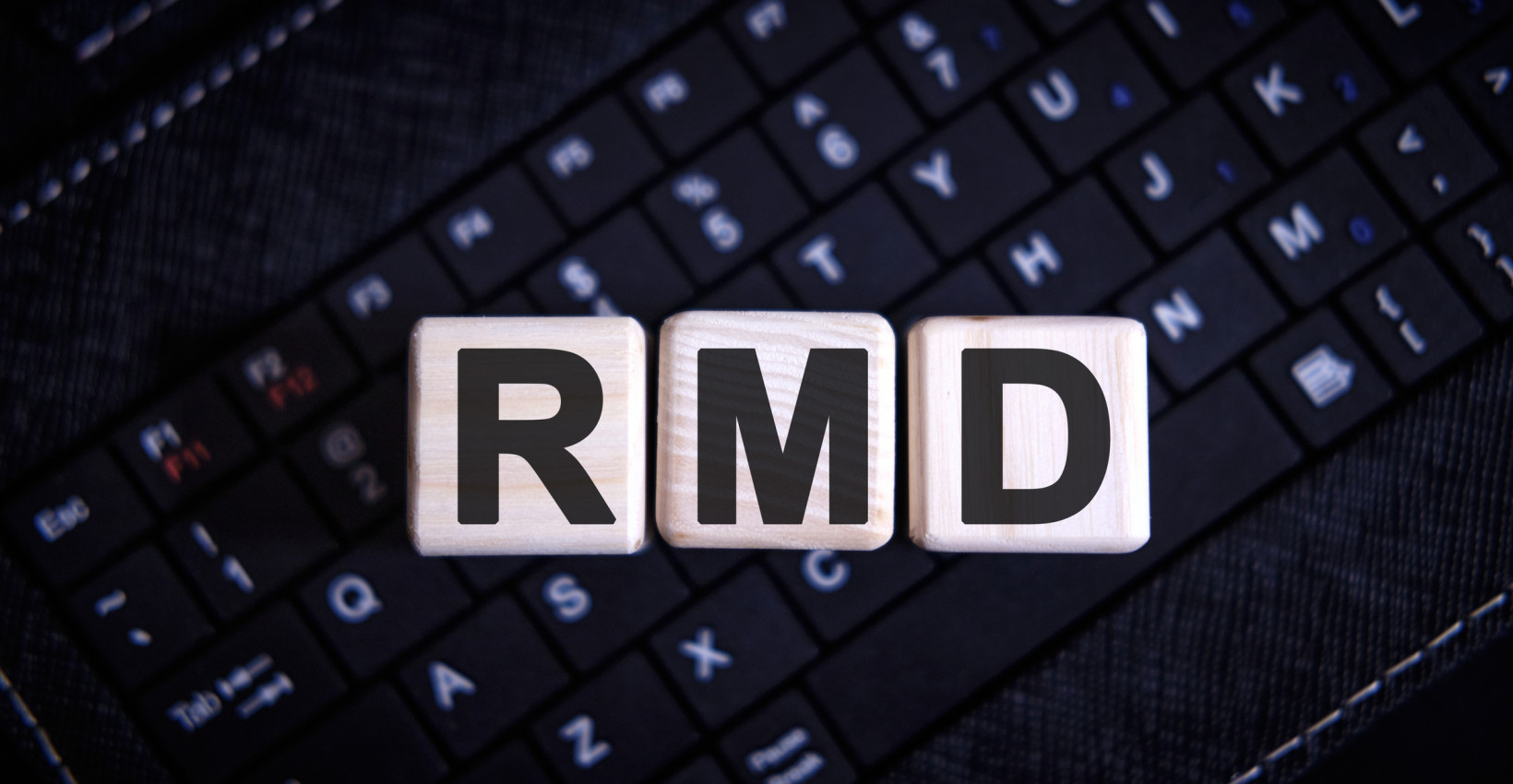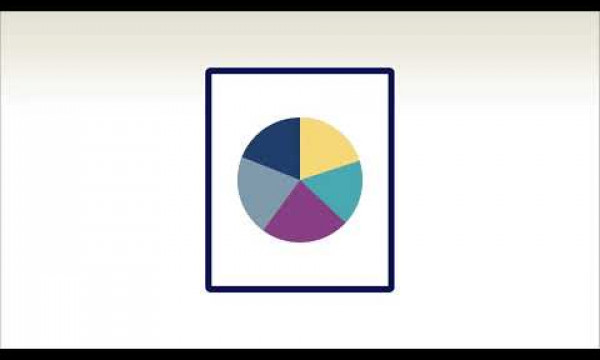What is an RMD?

If you’re getting closer to retirement age or already in retirement, you may have heard the term required minimum distribution (RMD) concerning your employer-sponsored retirement plan. But what exactly is an RMD?
An RMD is an amount of money that must be withdrawn each year from non-Roth, employer-sponsored retirement plans — e.g., a 401(k), 403(b), or 457(b) — by the plan participant once they reach a certain age or terminate employment, whichever comes later. Due to recent changes in legislation, that age is 73 for individuals born on or after January 1, 1951.
RMDs exist to ensure that participants don’t use tax-deferred retirement accounts primarily as an inheritance vehicle. They force the account holder to withdraw at least a portion of the money as distributions while alive. It’s important to note that RMDs are not designed to guide how much you can or should take from your accounts.
The timing of RMDs
RMDs must be taken before December 31 each year, except for your first one. The year you reach age 73 (or 70½), you have until April 1 of the following year to take your initial RMDs out of your accounts. But be aware, if you wait to take the first RMD until the following year, you will have to take two RMDs the year you turn 73 (or 71½), potentially creating a large tax bill.
If you’re still working for the company that sponsors your retirement plan when you turn 73, you must start taking RMDs by April 1 of the year following the year of your termination with that company — unless you own at least 5% of the company. However, if you own more than 5% of the company, you must start taking RMDs by April 1 of the year in which you attain the age of 73 (even if you’re still working for the company). Subsequent RMDs must be taken no later than December 31 of each year.
How are RMDs calculated?
The RMD is calculated by taking the account balance as of December 31 from the year prior and dividing it by the account owner’s life expectancy, as determined by one of the IRS’s life expectancy tables. Details on these tables can be found on the IRS website. The financial institution holding your account should be able to tell you what your RMD is each year. Failure to receive an RMD can result in additional excise taxes of 10% or 25%, depending on the circumstances.
An RMD in action
Still not sure how RMDs work? Let’s look at an example. Say an employee terminates employment in 2024 and reaches age 73 in 2027. In this scenario, the participant must take their first RMD for the year 2027, and it must be taken by April 1, 2028.
If their retirement plan balance is $100,000 on 12/31/2026, and if we use an IRS Uniform Lifetime Table life expectancy factor of 26.5, then the 2027 RMD amount would be:
$100,000 ÷ 26.5 = $3,773.58
In this case, the participant would need to take $3,773.58 out of their retirement plan by April 1, 2028. Let’s say they wait until January 2028 to take their first RMD. In this scenario, they would end up taking two RMDs in 2028: the 2027 RMD that they took in January 2028, and the 2028 RMD that they must take before 12/31/2028. This potentially creates two taxable distributions for the year 2028. (For tax planning purposes, the participant could take the 2027 RMD in 2027, and the 2028 RMD in 2028.)
Consult the professionals
RMDs are a complex topic, and adding to that complexity is the fact that RMDs work somewhat differently for individual retirement accounts (IRAs). Due to their complexity, it’s encouraged to contact a financial advisor or other qualified professional for detailed information about the RMD rules.
If you’d like to talk about RMDs or other retirement-related questions, the friendly experts in our Retirement Plan Services department are always willing to help.
|
Learning Center articles, guides, blogs, podcasts, and videos are for informational purposes only and are not an advertisement for a product or service. The accuracy and completeness is not guaranteed and does not constitute legal or tax advice. Please consult with your own tax, legal, and financial advisors.




